"The device was just undergoing maintenance - and now this!"
A sentence that many laboratory managers and equipment managers know only too well. Despite adhering to maintenance intervals and keeping a complete service log, an analyzer suddenly breaks down. The result: downtime, postponed analyses, stressed teams - and, in the worst case, compromised results.
What is going wrong here? The answer often lies in the maintenance concept itself. This is because many laboratories still work with purely preventive maintenance - i.e. time-based intervals, regardless of the actual condition of the systems. There have long been data-based approaches that reduce failures, save costs and use resources more efficiently: predictive maintenance.
What is preventive maintenance - and where does it reach its limits?
Preventive maintenance is widely used in laboratories: Devices are serviced regularly - for example, every six months or after a defined number of operating hours. The approach is simple, comprehensible and has clear advantages:
- Standardized processes
- Plannable maintenance dates
- Compliance with regulatory requirements
In practice, however, time-based maintenance does not always protect against breakdowns.
This is because it ignores the actual condition of the device. Some components last longer, others wear out more quickly - e.g. due to intensive use, frequent temperature changes or unsuitable samples. The result:
- Unnecessary maintenance in which functioning parts are replaced
- Unplanned outages between maintenance cycles
- High resource expenditure that ties up the maintenance department
This is a noticeable problem, especially in research and analysis laboratories where systems are used in different ways.

What is predictive maintenance?
Predictive maintenance goes one step further: instead of following a fixed schedule, maintenance is carried out when necessary - based on data and the actual condition of the system.
The goal:
- Recognize failures at an early stage
- Optimum timing of maintenance
- Replace parts before they become critical - but not too soon
It's not about equipping every screw with sensors or developing complex algorithms. Rather, it is a principle: maintenance with brains, supported by existing data sources.
Predictive = sensor technology? A widespread misunderstanding
Many people think of IoT, machine learning and expensive sensor technology when they think of predictive maintenance. But this is only a small part of the truth.
In the laboratory environment in particular, there are numerous valuable data sources that are already available today - and can be used without additional sensor technology. The key is to make these visible, analyzable and linkable. This is precisely where digital maintenance comes in.
Underestimated data sources in the laboratory
Digital maintenance means recording maintenance and system data centrally, in a structured and analyzable manner - often with on-board tools that have long been available.
Typical, valuable data sources in the laboratory:
- Digital logbooks: Frequently used systems provide entries on faults, notifications or manual interventions.
- Booking systems: Show the real use of individual devices.
- Maintenance logs: Make trends visible - such as recurring faults or an unusually high number of uses for certain components.
- Quality control chart: Particularly indispensable in the analytical laboratory - it shows drift, deviations and quality changes over time.
Combined and correctly interpreted, all this information can point to unusual behavior at an early stage: a system that is booked more often but used for shorter periods? A drift in the quality control chart that indicates contamination? A frequently recurring error despite recent maintenance?
This creates real predictive maintenance potential - without any additional hardware.
The next step: using data sensibly
The key lies in the systematic consolidation of this information. This is exactly where modern laboratory software such as LabThunder comes in.
Without sounding promotional, it can be said that
LabThunder supports laboratories in combining existing data sources and making data-based maintenance decisions.
What that means in concrete terms:
- Digital logbooks instead of paper
- Usage data from the booking system in connection with service logs
- Automatic warnings in the event of deviations in the quality control chart
- Clear dashboards that alert decision-makers to potential problems at an early stage
- Export functions and GMP-compliant documentation to meet regulatory requirements
This turns a maintenance backlog into a maintenance strategy - step by step towards digital maintenance.
Conclusion: those who rethink win
Traditional preventive maintenance has its place - but it is no longer sufficient to run modern laboratories efficiently, fail-safe and economically.
Predictive maintenance makes it possible to use existing data for maintenance purposes - without major investment, but with clear added value.
Those who have the courage to question their own processes and cleverly combine existing tools will be rewarded:
- Fewer breakdowns
- Less maintenance required
- More time for research and analytics
🔎 Would you like to know how you can get started?
In our free white paper, we show you in practice how laboratories can implement predictive maintenance with on-board resources - including examples, tips and tools.
FAQ - Frequently asked questions about digital maintenance in the laboratory
🔧 Is predictive maintenance also possible without sensors?
Yes. Many laboratories already have valuable data sources - such as digital logbooks, booking systems or the quality control chart. With the right software, this data can be used for digital maintenance.
📋 What role do digital logbooks and the quality control chart play in digital maintenance?
They are often the first indicators of system problems. While logbooks document faults, the quality control chart shows creeping changes and drift - and therefore provides valuable information for predictive maintenance.
🧭 How do I get started if I have only carried out preventive maintenance so far?
Start by taking stock: What data sources are available? Where are logbooks kept, which systems are particularly prone to faults? A first step is to digitize this information - e.g. using software such as LabThunder.
📚 Can predictive maintenance also be used in a regulated environment (GMP/ISO)?
Absolutely. Digital maintenance is traceable, documentable and auditable - provided the software used meets the requirements. LabThunder , for example, is designed for use in a GMP environment.
💡 What are the prerequisites for digitizing the laboratory?
Often less than you might think: a stable network, a willingness to change processes - and software that is intuitive, modular and capable of integration. Change begins in the mind - and with a small step.



LabThunder:
✅ Digital logbooks instead of paper chaos
✅ Thunder AI - central intelligence for faults & questions
✅ Smart & predictive maintenance prevents breakdowns
✅ More independence from external service
✅ Up to 50% fewer service calls
✅ Easy to use - no IT required
Contact us today for a free demo:

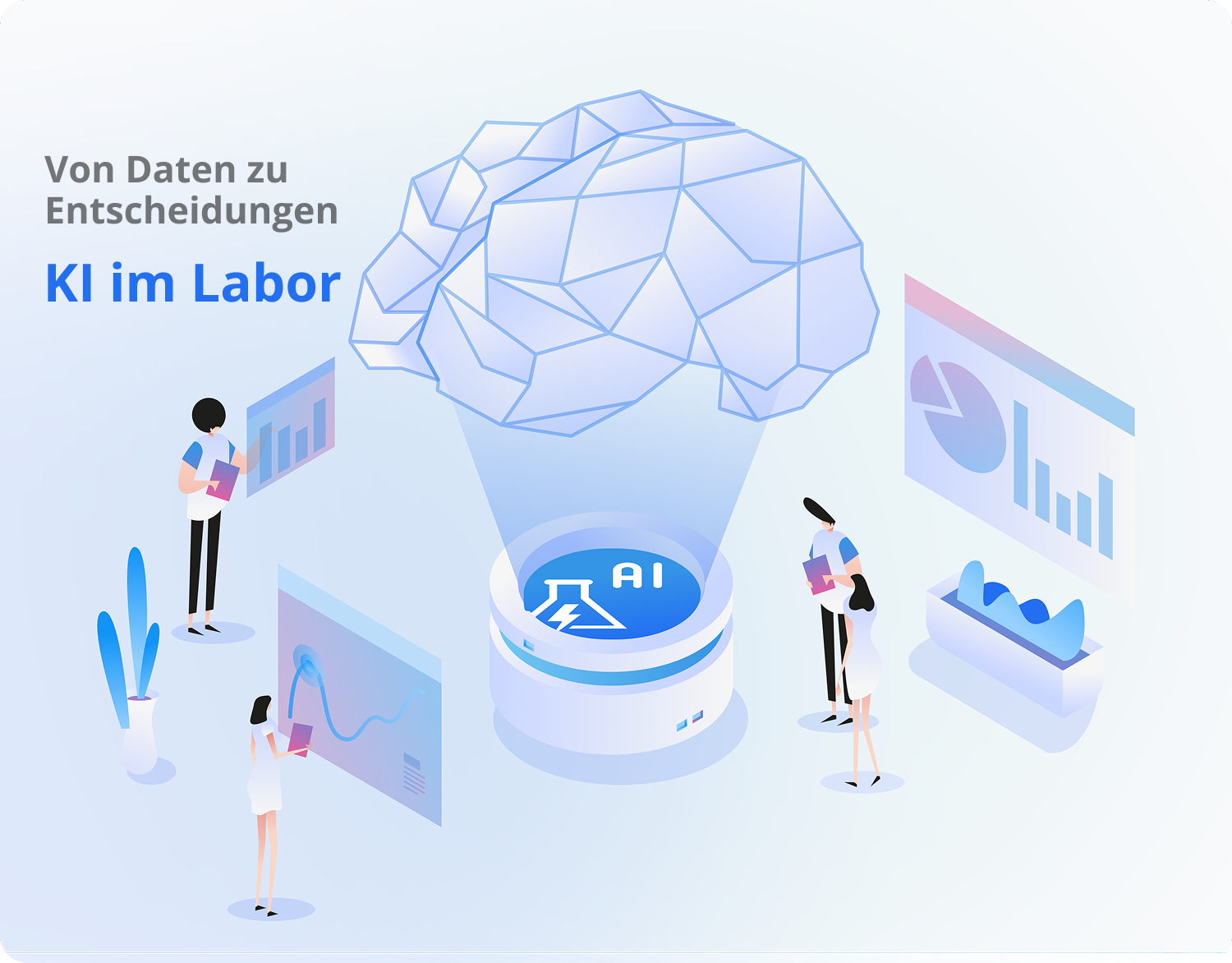
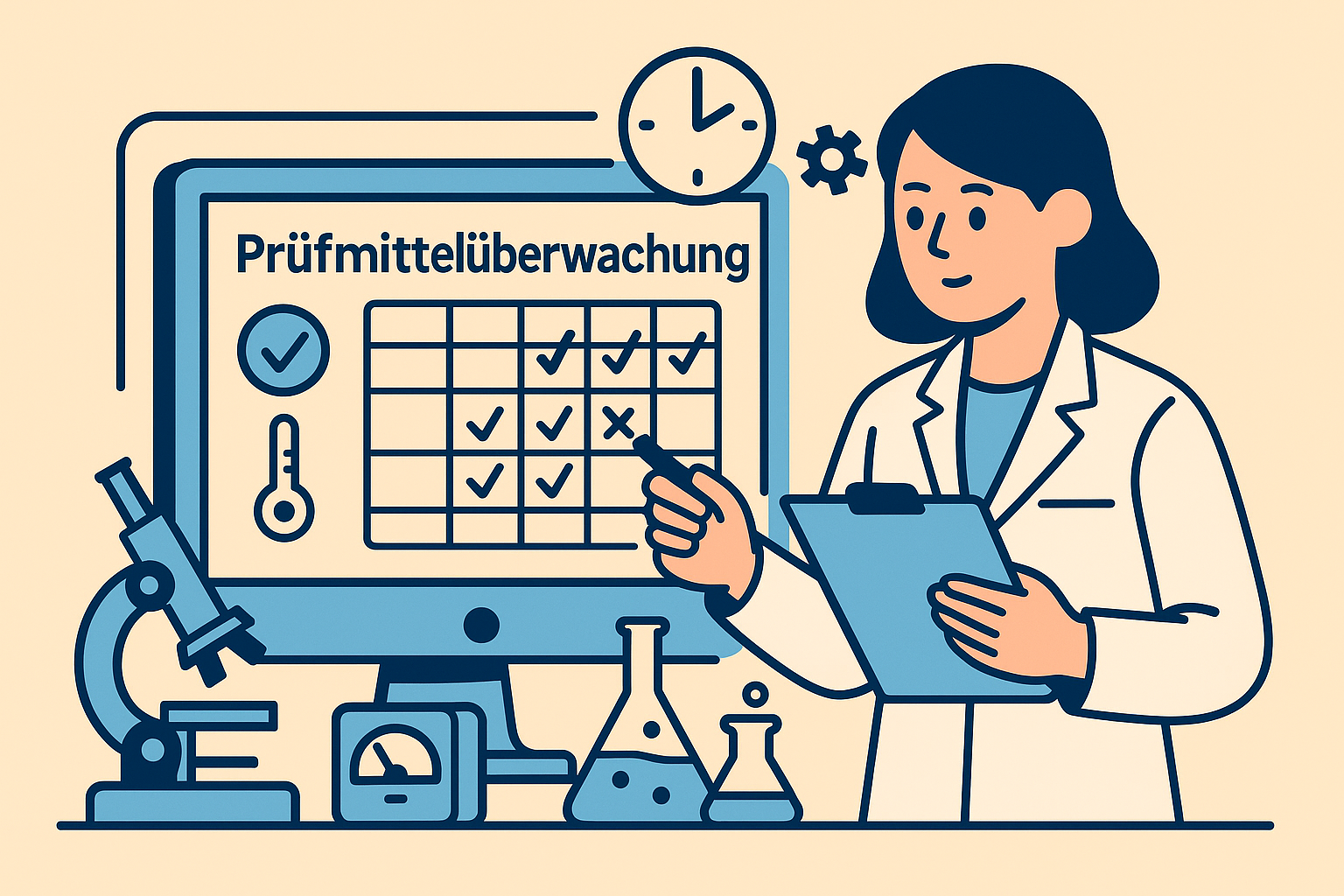
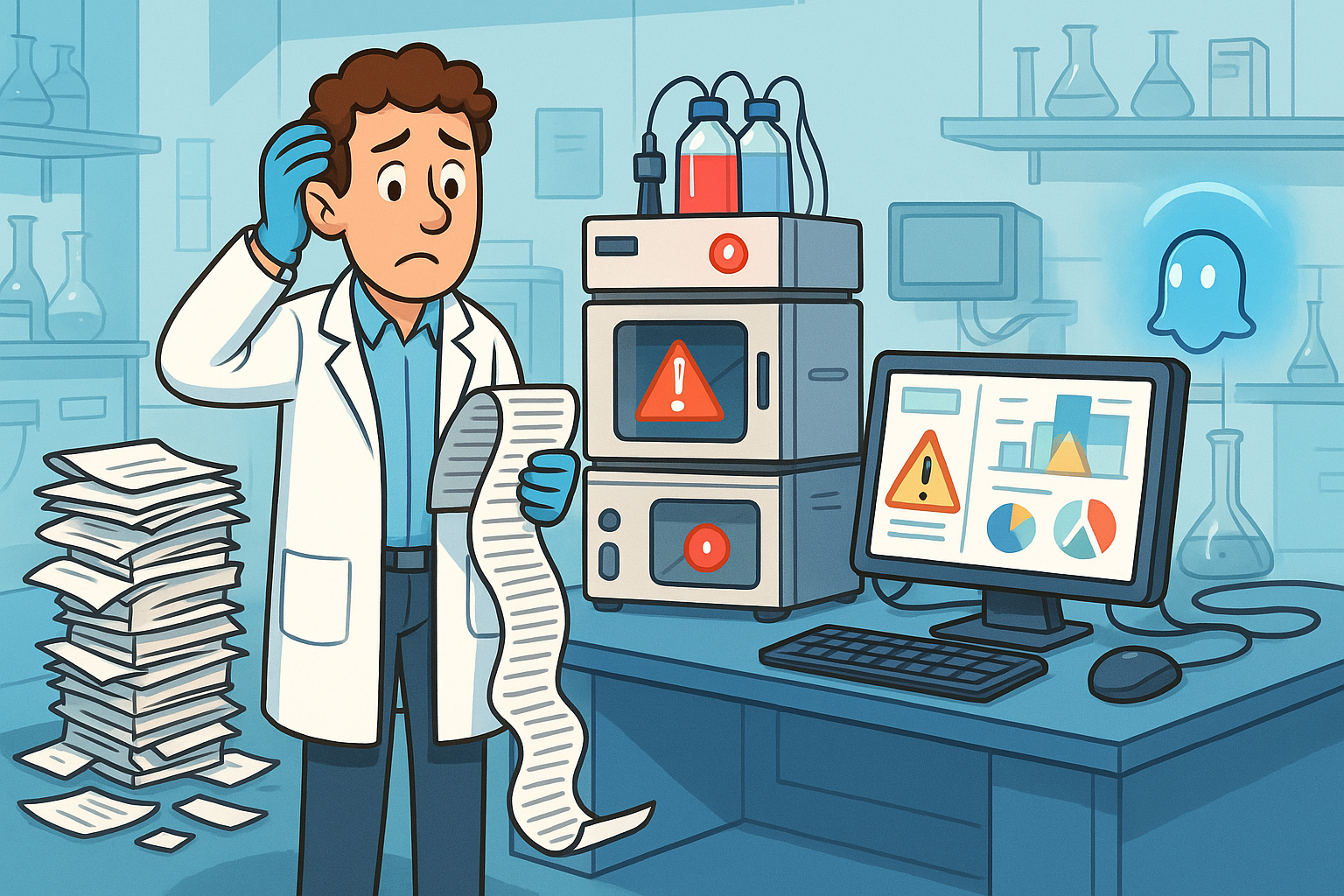
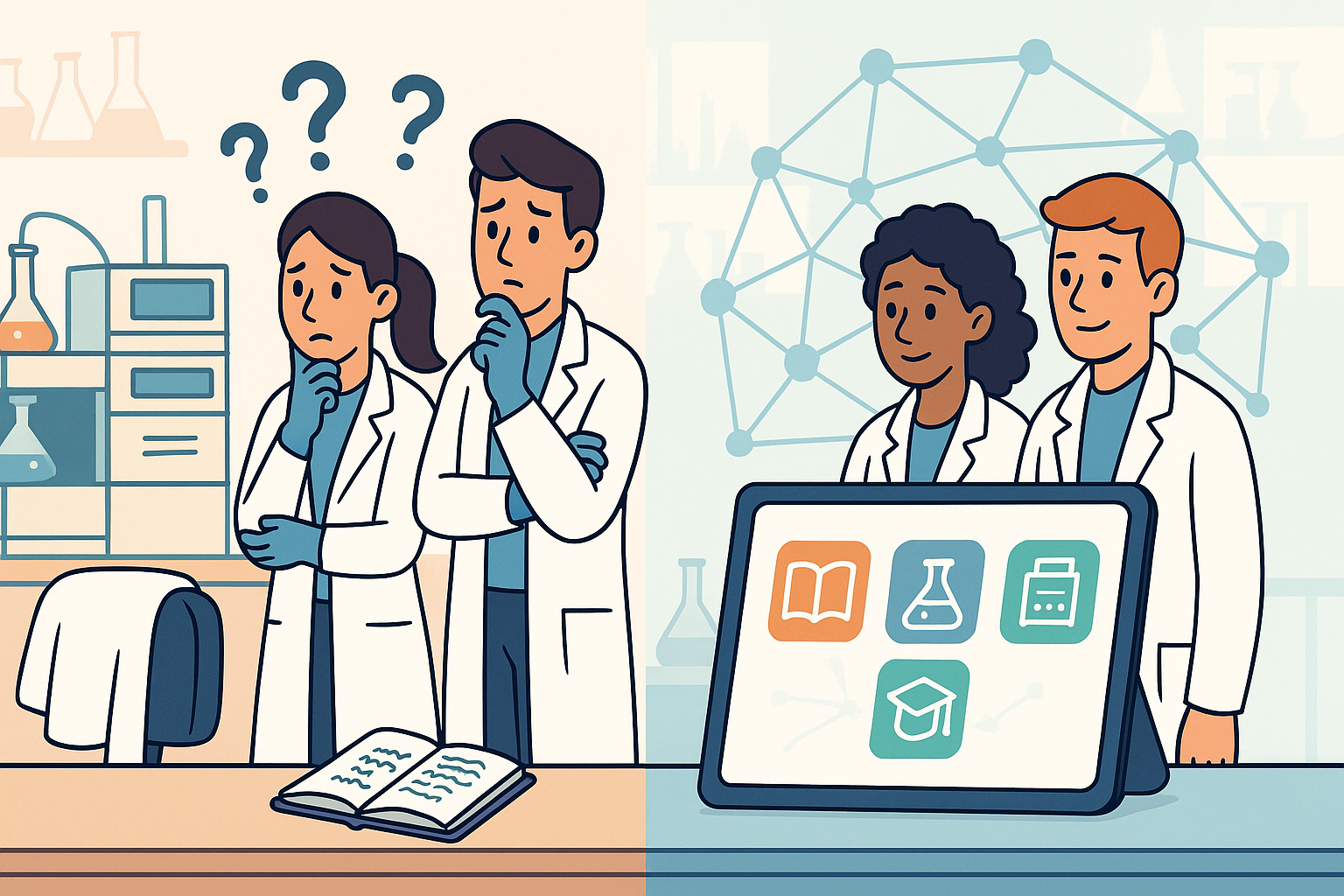

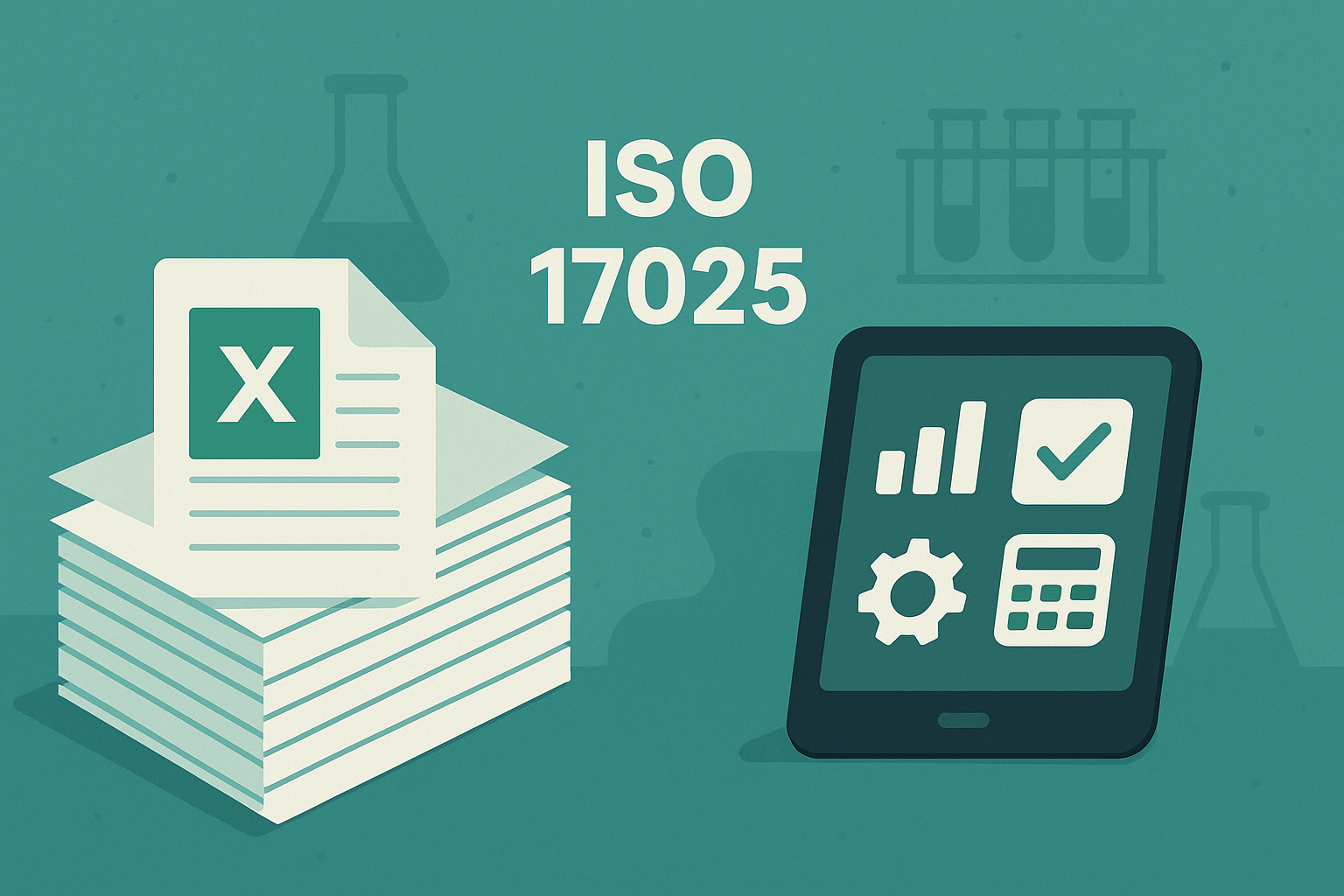
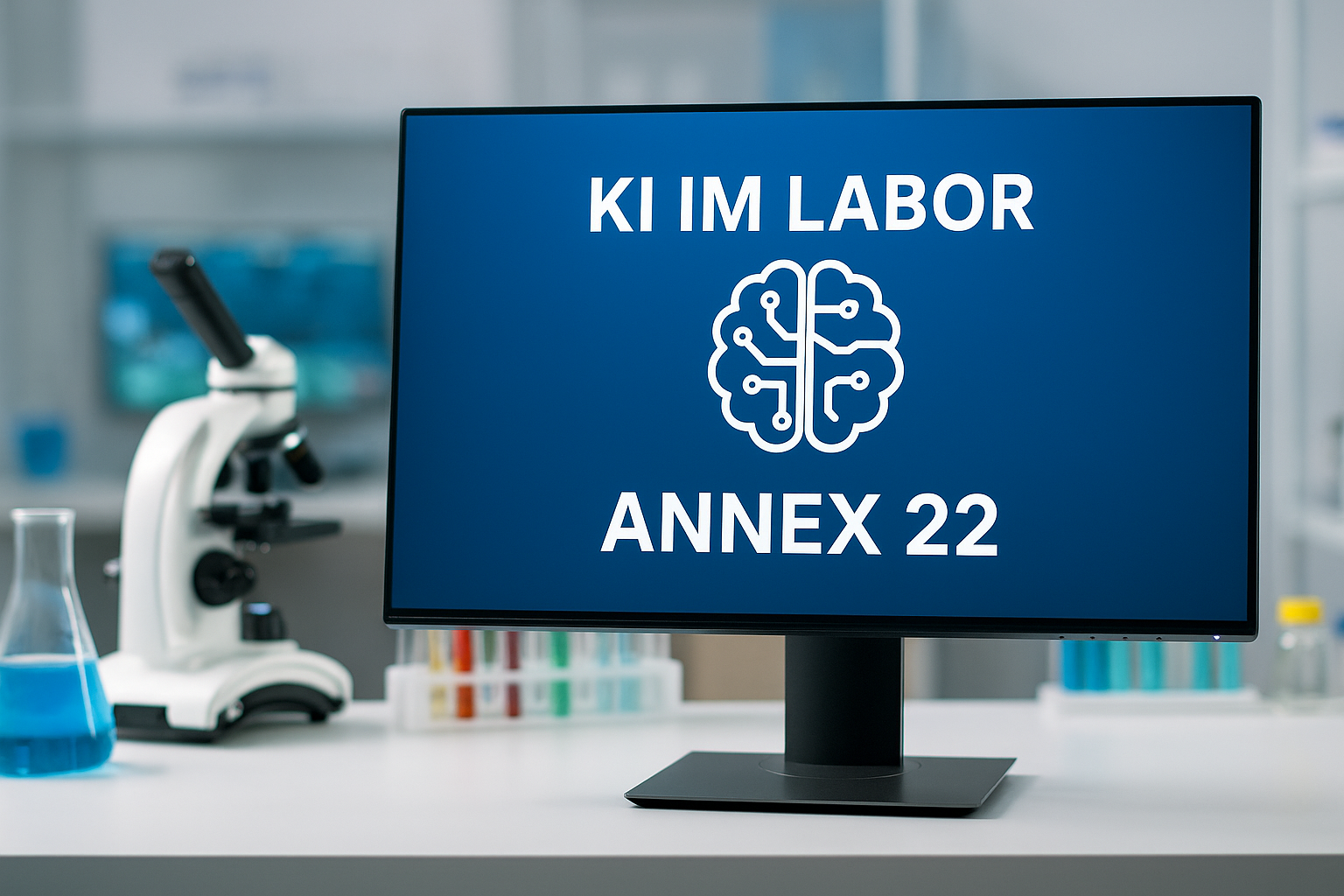





.jpg)
.jpg)

